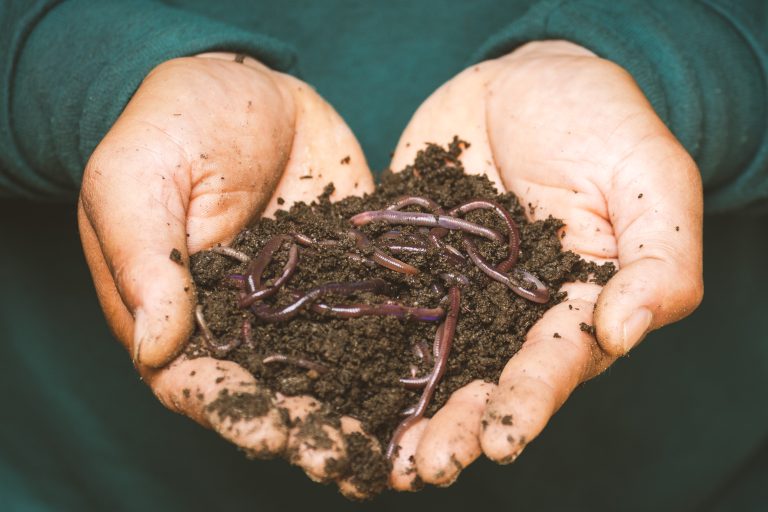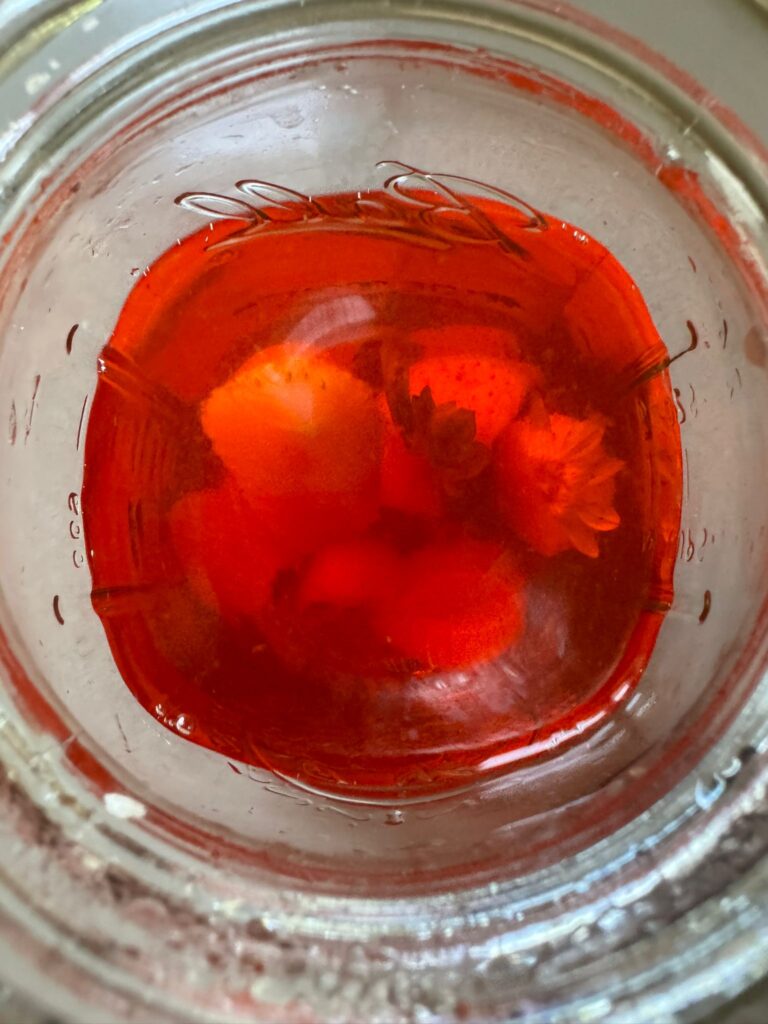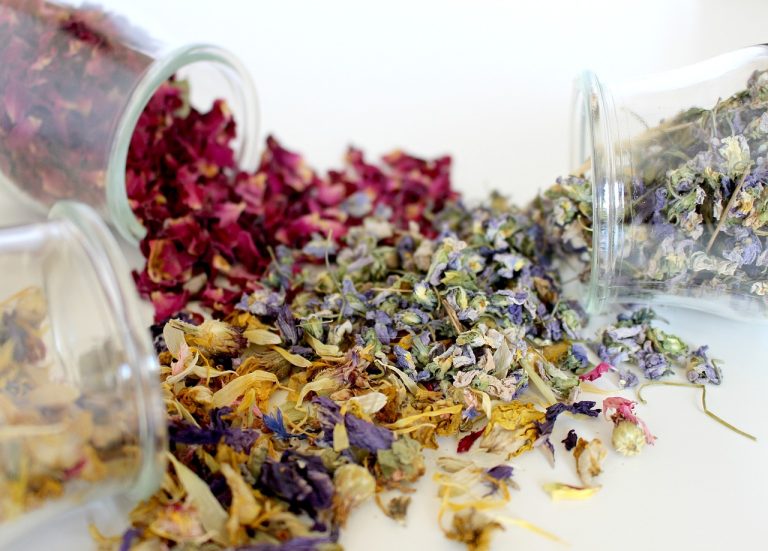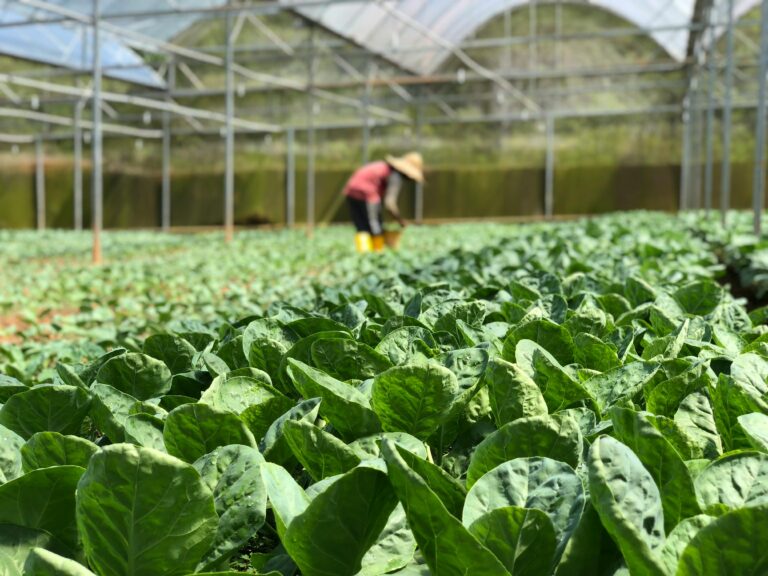5 Winter Farming Techniques to Keep Your Garden Thriving
As the temperature drops and the days become shorter, many farmers may feel discouraged about their gardens and crops. However, with the right knowledge and techniques, winter farming can be just as successful as any other season. In fact, there are specific methods and practices that can help keep your garden thriving during the colder months. In this blog post, we will explore 5 essential Winter Farming Techniques that will not only help you maintain a healthy garden but also make the most of the seasonal farming. From novice to expert, any farmer can make the most of winter with these essential techniques. With the right strategies and approach, winter farming can bring many benefits to your crops. With our tips and tricks, you’ll be sure to have a thriving garden during the colder months.
The Joys and Challenges of Winter Farming
Winter farming brings both joys and challenges to farmers, but with the right mindset and techniques, it can be a rewarding experience. One of the joys of winter farming is the sense of accomplishment that comes with successfully growing and harvesting crops during a time when most plants struggle to survive. It’s a reminder of the resilience and adaptability of nature, and as a gardener, it can be incredibly satisfying to witness firsthand.
Another joy of winter farming is the ability to enjoy fresh, homegrown produce during a season when store-bought options may be limited or lacking in quality. By growing your own winter crops, you have the opportunity to savor the flavors and nutritional benefits of freshly harvested vegetables even when it’s cold outside. There’s something truly special about biting into a crisp carrot or enjoying a hearty bowl of soup made from ingredients straight from your garden.
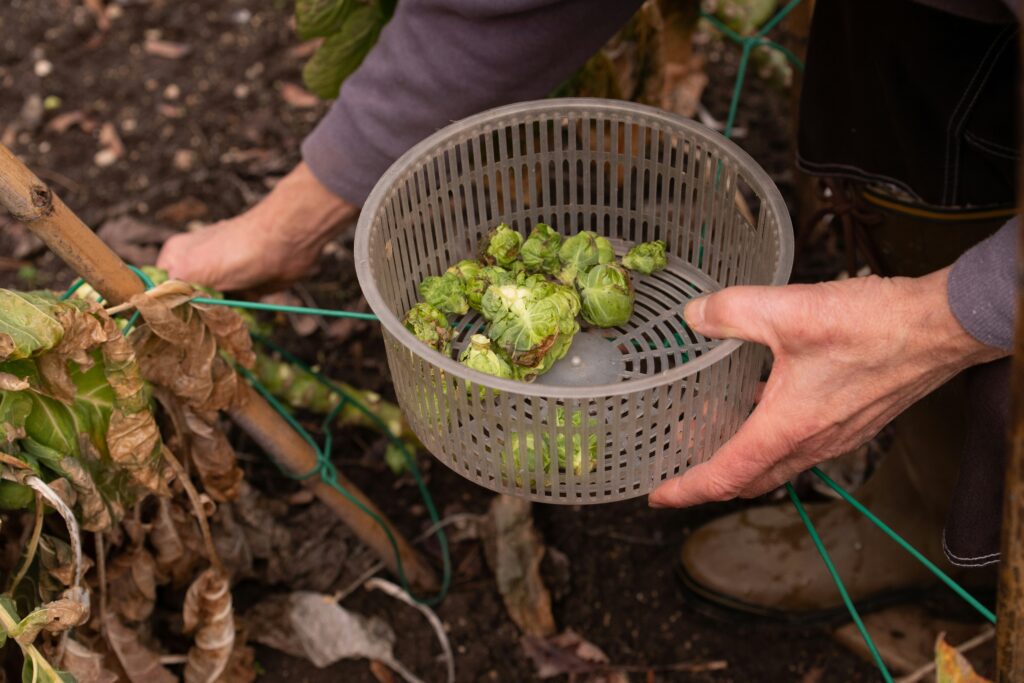
However, winter farming also presents its fair share of challenges. The most obvious challenge is the colder temperatures, which can damage or even kill sensitive plants. Frost and freezing temperatures can cause leaves to wither, flowers to wilt, and crops to become stunted. Additionally, the shorter days mean less sunlight, which can impact the growth and development of plants.
Another challenge of winter farming is the need for careful planning and preparation. Unlike other seasons, winter requires foresight and strategy to ensure a successful harvest. Farmers need to consider factors such as selecting the right crops, protecting them from harsh weather conditions, and implementing appropriate cultivation practices. It can be a lot of work, but the rewards are worth it.
Despite the challenges, winter farming offers a unique opportunity to experiment with different crops and farming techniques. It allows farmers to expand their knowledge and skills, pushing the boundaries of what is traditionally thought possible. It encourages innovation and creativity, as farmers find new ways to grow and harvest crops in the colder months.
Harnessing the Power of Winter Crops
Winter farming may seem challenging, but it also presents a unique opportunity to grow a variety of crops that thrive in colder temperatures. By harnessing the power of winter crops, you can not only keep your garden productive but also enjoy fresh and nutritious harvests throughout the season.
One of the key aspects of winter farming is selecting the right crops. While many plants struggle to survive in cold weather, there are several vegetables that actually thrive in these conditions. Leafy greens like kale, spinach, and Swiss chard are excellent choices as they can withstand frost and continue growing even in colder temperatures. Root vegetables such as carrots, beets, and radishes are also great options, as they can be left in the ground and harvested as needed throughout the winter months.
To make the most of winter crops, it’s important to start planting at the right time. In most regions, late summer or early fall is the ideal time to sow seeds or transplant seedlings for winter harvest. This allows the crops to establish strong root systems before the colder weather sets in, ensuring better resilience and growth.

When it comes to caring for winter crops, there are a few techniques that can help maximize their productivity. Adding a layer of mulch around the plants can help insulate the soil, preventing it from freezing and providing extra protection to the roots. Additionally, using row covers or cold frames can create a mini greenhouse effect, trapping heat and extending the growing season. These simple measures can make a significant difference in the success of your winter crops.
Another technique to consider is succession planting. By staggering your plantings throughout the winter, you can ensure a continuous harvest of fresh produce. As you harvest one batch of crops, you can immediately replant the same area with new seeds or seedlings. This way, you’ll have a steady supply of vegetables to enjoy all winter long.
Implementing Sustainable Winter Farming Techniques
Winter farming provides a unique opportunity for farmers to practice sustainability and adopt eco-friendly techniques. By implementing sustainable winter farming techniques, you can not only maintain a healthy garden but also contribute to a more environmentally friendly and self-sufficient lifestyle.
One of the key sustainable practices in winter farming is composting. Composting allows you to recycle organic waste and transform it into nutrient-rich soil amendments. During the colder months, when fresh organic matter may be scarce, composting becomes even more important. By creating a compost pile with kitchen scraps, fallen leaves, and other plant materials, you can produce your own high-quality compost to enrich your garden soil. Not only does this reduce waste going to the landfill, but it also improves soil health and fertility, promoting the growth of your winter crops.
Another sustainable technique to implement in winter farming is water conservation. As water becomes a precious resource, especially in dry and cold regions, it’s essential to minimize water usage without compromising the health of your crops. One way to achieve this is through the use of drip irrigation systems. Drip irrigation delivers water directly to the root zone of plants, minimizing water loss through evaporation or runoff. Additionally, mulching your garden beds with organic materials, such as straw or wood chips, helps retain moisture in the soil, reducing the need for frequent watering.

Integrating natural pest control methods is another sustainable practice to adopt in winter farming. While pests may be less active during the colder months, some may still pose a threat to your crops. Instead of relying on chemical pesticides, consider using biological control methods. This can involve attracting beneficial insects, such as ladybugs and lacewings, which feed on common garden pests like aphids and caterpillars. Planting companion plants that repel pests or using natural pest repellents, such as garlic or neem oil, can also help maintain a pest-free garden.
Lastly, implementing crop rotation is a sustainable technique that helps maintain soil fertility and prevent the buildup of pests and diseases. By rotating your crops, you avoid planting the same species or family of plants in the same area year after year, reducing the risk of soil depletion and pest infestations. This practice also helps break the lifecycle of pests and diseases, promoting healthier plants and higher yields. Planning your winter crops in a rotational schedule can be a beneficial and sustainable strategy for long-term gardening success.
By incorporating these sustainable winter farming techniques into your gardening practices, you can create a self-sustaining and environmentally friendly garden. Not only will you enjoy the benefits of fresh, homegrown produce, but you’ll also be contributing to a healthier planet.
When gearing up for winter farming, having the right supplies can make all the difference. Frost blankets (available here) play a crucial role in providing freeze protection to delicate plants, ensuring they withstand colder temperatures. These blankets act as a barrier against frost, safeguarding your crops during chilly nights.
Another essential item to consider is houseplant mulch (check it out here), especially for indoor gardening during winter. Mulching helps retain soil moisture, suppress weeds, and regulate soil temperature, creating an optimal environment for your plants to thrive.
Ensure you have these vital winter gardening supplies on hand to protect and nurture your crops through the colder months.
Adapting Your Winter Farming Practices to Your Specific Region
When it comes to winter farming, adapting your practices to your specific region is crucial for success. Every region has its own unique climate, weather patterns, and growing conditions, so it’s important to understand how these factors can impact your winter crops. By taking the time to research and adapt your farming practices accordingly, you can ensure that your garden thrives in the specific conditions of your region.
The first step in adapting your winter farming practices is to understand your region’s average winter temperatures. Some regions experience mild winters, with temperatures rarely dropping below freezing, while others have harsher winters with frequent frost and snowfall. Knowing the typical weather patterns in your area will help you select the right crops and plan accordingly.
In regions with milder winters, you may have more options for winter crops. You can experiment with a wider range of vegetables that prefer cooler temperatures, such as broccoli, Brussels sprouts, and cauliflower. These crops can handle milder frost and can continue growing throughout the winter. You can also consider extending your growing season by using row covers or cold frames to provide extra protection against cooler temperatures.
For regions with colder winters, you’ll need to focus on cold-hardy crops that can withstand freezing temperatures. Vegetables like kale, collard greens, and turnips are excellent choices as they can tolerate cold temperatures and even improve in flavor after exposure to frost. You may also need to implement additional measures to protect your crops, such as using frost blankets or creating hoop houses to trap heat and create a warmer microclimate for your plants.
Another important factor to consider is daylight hours in your region. In regions with shorter days, you’ll need to plan accordingly to ensure that your crops receive enough sunlight. Selecting crops that require less sunlight or using reflective materials to maximize sunlight exposure can help compensate for the shorter days. Additionally, using artificial lighting in greenhouses or indoor growing areas can provide the necessary light for your crops to thrive.
Soil conditions also play a significant role in winter farming. Take the time to assess your soil’s nutrient content and pH levels, as different crops have different soil requirements. Adjusting your soil’s pH and adding necessary amendments, such as compost or aged manure, can improve soil fertility and create an optimal environment for your winter crops.
In conclusion, adapting your winter farming practices to your specific region is essential for a successful harvest. By understanding your region’s climate, selecting appropriate crops, and implementing protective measures, you can ensure that your garden thrives even in the coldest months. Remember to research and experiment with different techniques to find what works best for your specific region. Happy winter farming!
*This blog post contains affiliate links. If you click on these links and make a purchase, we may earn a small commission at no extra cost to you. The commission earned helps support the maintenance and upkeep of this website. We only recommend products and services that we have personally used or thoroughly researched. Your support through these affiliate links is greatly appreciated and helps us continue to provide valuable content on winter farming techniques. Thank you for your support!*

